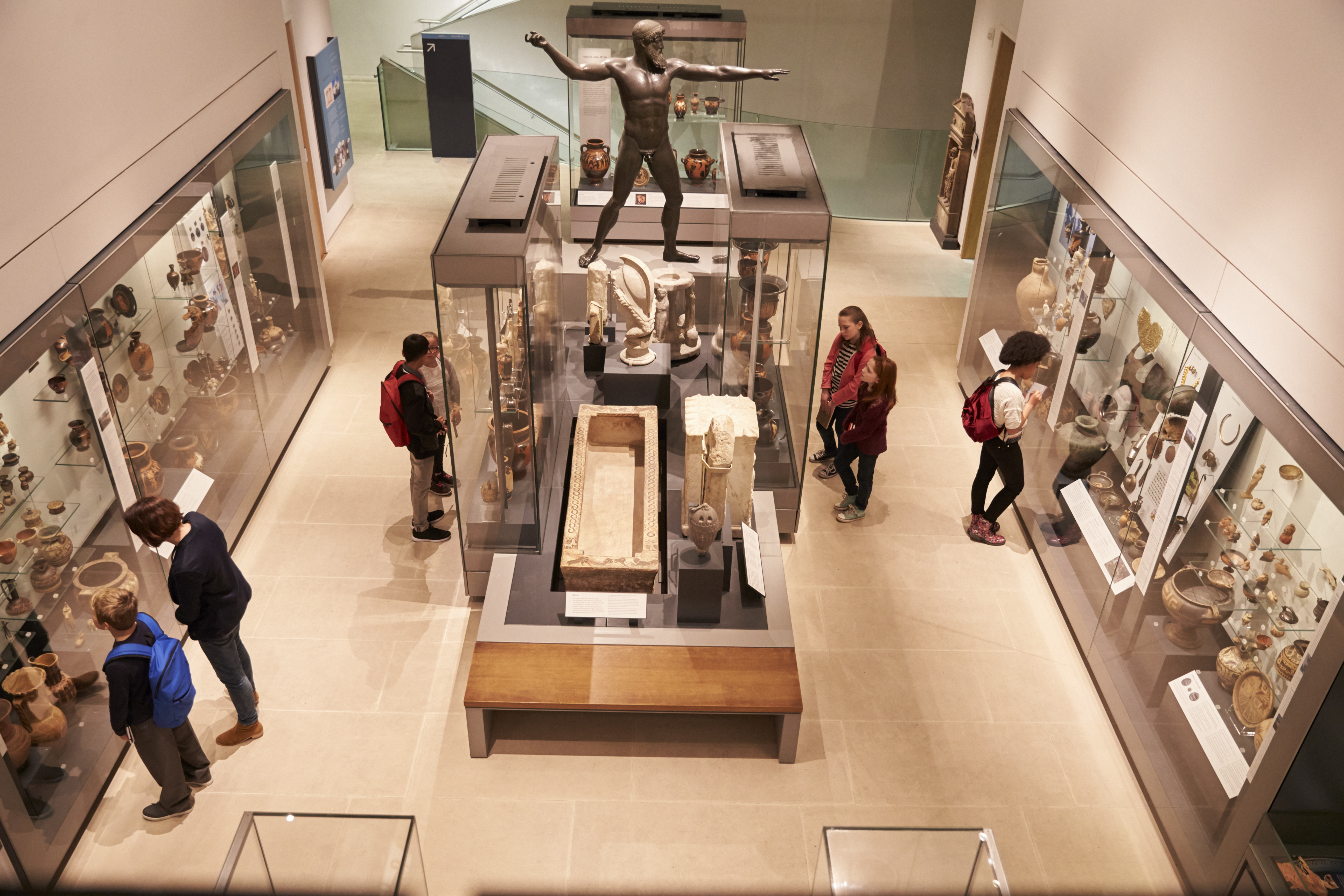Overcoming the Challenges Faced by Smaller Institutions
Small museums and collections have the power to make huge impacts on their community, both inside and outside of the galleries. Museum collections, large and small, pack a powerful punch, while relying on a set of collections management standards to maintain collections objects and protecting works to share with a larger community. However, small museums face their own unique set of collections challenges. Between smaller team sizes, and limited staff hours, it’s hard to keep everything running, and even harder to keep up with a growing to-do list.
That’s why it’s important for small museums to know what’s essential, and what’s not. By honing in on the most important elements, small museum teams can strengthen their collections management skills, stay up to date on changing collections standards, all while keeping their objects as safe as possible.
This identifies one of the defining issues small museums face today: how can small museums impact their community when they have fewer resources? Sometimes it seems like museum conversations focus on large museums with larger budgets, leaving small museums feeling left out. Searching for resources that are specific to small-institution collections care feels tough, because there’s just less information available, which further adds to the difficulties.

This asks the question: what can small museums do to fulfill their missions, keep up with collections standards, and grow within their communities? Allison Titman, AAM accreditation officer, recently published AAM’s findings on the Small Museum Accreditation Academy, an experimental program for helping small museums to achieve AAM accreditation while strengthening their organization as a whole. She states, “Small museums can and will achieve the same standards as larger institutions, but may need increased flexibility in order to do so.”
And flexibility is right. But the good news is, small museums are no longer stuck with the rigid tools they used to work with. As digital culture grows, small museums have more options to reclaim their time while protecting their collection.
Automation strategies for daily tasks can go a long way in helping small museums to put more time back in their day. Instead of having to repeat the same regular tasks over and over again, using tools like IFTTT or Zapier can help to relieve and complete some of the work on the to-do list, which leaves more time to care for the collection.

Automating your tasks and collaborating with others will help knock items off your to-do list faster.
Documenting institutional knowledge can save employees hours of time trying to figure out how to do a complicated task that someone has already developed a system for, or how a particular part of the collection works. Using project management tools like Google Drive and Trello can create an entire backlog of history for any team over time. It’s important to add in techniques to help create systems within your institution to keep these histories tracked and safe.
And when it comes to managing the collection itself, there are tools to help you create more efficient systems, so you can combine the lightweight flexibility of a simple app with the essential elements of a powerful database. TMS Cataloguer might be the perfect online collections management solution for your small museum. It’s web-based, which means you access it with a browser such as Chrome, and you can log in and manage your collection from anywhere. TMS Cataloguer simplifies your common collections tasks, and makes it easy to stay organized, streamline your collections jobs, and accomplish your goals faster, giving you back more time in your day.
Small museums can make a big impact in their community, and with the help of online tools, they can remove some of the burdens of the past. Working with the right web-based solutions can make it easy for museums of all sizes to get exactly what they need, when they need it, and in a way that can help them to fully support their community.






